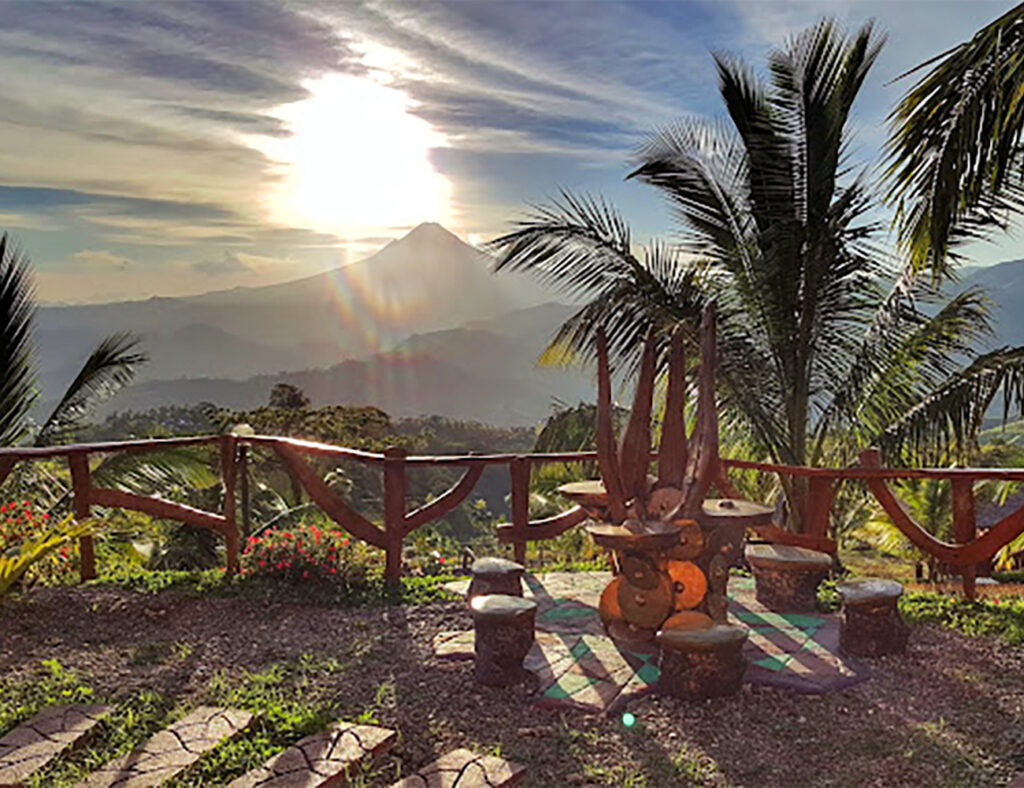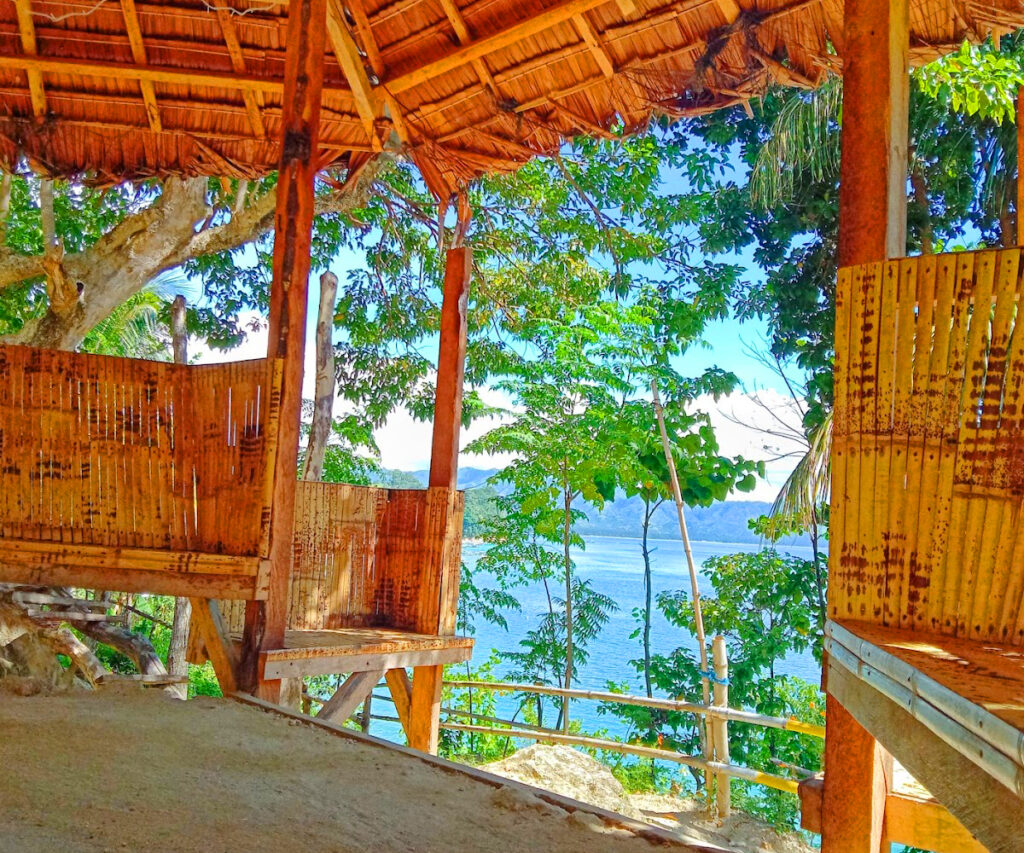
As an avid enthusiast of arts and history, the lure of the Lamlifew Village Museum in the heart of Datal Tampal village, Malungon town, was too enticing to resist.
My journey into this quarter-hectare complex promised not just a museum visit but a full-fledged eco-cultural experience.
From the mesmerizing traditions of the Blaan tribe to the harmony with nature that envelops this indigenous haven, Lamlifew beckoned as a portal to the past.
Photo credit: Lamlifew Tribal Women’s Association
A Symphony of Culture and Nature: Eco-Cultural Bliss
Nestled amidst vast mountain ranges and rolling hills, Malungon stands as a unique gem for eco-tourism.
Surprisingly, it is the only town in Sarangani without a coastline, making it a hidden treasure for those seeking the authentic way of life of the Indigenous People.
The journey to Lamlifew Village Museum promised not just a museum visit but an immersion into the soul of the Blaan tribe.
Architectural Charm: A Glimpse into Tradition
Approaching the Lamlifew Village Museum, the modest yet charming architecture immediately captivated my attention.
The rectangular layout, crafted from bamboo, thatch, and rattan, evoked a sense of stepping into a traditional indigenous space.
At the heart of it all stood the gumusek, the museum itself, meticulously designed after the conventional indigenous house.
This center structure served as the custodian of the Blaan heritage, housing handwoven regalia, musical instruments, accessories, and tools that echoed the stories of generations past.
Pioneering Heritage: The First of Its Kind
As I delved into the history of Lamlifew Village Museum, I uncovered a remarkable fact—it stands as the first village museum in the Philippines.
More than just a cultural repository, this initiative was born from the passion of the Blaan natives to preserve and showcase their ethnic heritage, traditional weaving, and organic farming practices.
The community’s dedication manifested in the creation of stylish beads, intricate headdresses, and the weaving of the Mabal Tabih, an elegant and esteemed fabric that echoed the rich tapestry of their culture.
Living Traditions: A Glimpse into Blaan Life
Stepping into the museum felt like entering a living time capsule.
The customs and traditions of the Blaan people came to life through the meticulously preserved artifacts and displays.
The handwoven regalia, adorned with vibrant colors and intricate patterns, told tales of celebrations, ceremonies, and everyday life.
Musical instruments, each with its own unique melody, whispered the tunes of generations past.
Weaving Wonders: Mabal Tabih and Traditional Crafts
One of the highlights of the Lamlifew experience was the exploration of traditional Blaan weaving.
The community’s skilled artisans masterfully crafted the Mabal Tabih, a fabric renowned for its elegance and cultural significance.
As I witnessed the intricate process of loom weaving, the rhythmic dance of hands and threads painted a portrait of a craft deeply embedded in the cultural fabric of the Blaan people.
Culinary Delights: A Taste of Indigenous Flavors
No cultural exploration is complete without indulging in the local cuisine, and Lamlifew did not disappoint.
The museum offered a culinary journey into Blaan flavors, with traditional dishes that reflected the region’s bounty.
From organic farming practices to time-honored cooking methods, each bite was a celebration of indigenous culinary artistry.
Cultural Performances: Music, Dance, and Celebration
As the day unfolded, the museum came alive with cultural performances that echoed the heartbeat of the Blaan community.
Traditional music resonated through the air, accompanied by rhythmic dances that told stories of their ancestors. The atmosphere was festive, and the joyous celebration of their cultural identity was palpable.
Leaving with Memories: A Reflection on Lamlifew
On my way home, I carried with me not just memories but a profound appreciation for the resilience of the Blaan people and their commitment to preserving their cultural heritage.
The journey through time, guided by the echoes of the past, left an indelible mark on my soul.
Lamlifew, with its architectural charm, living traditions, weaving wonders, culinary delights, and cultural celebrations, stood as a testament to the vibrant tapestry of the Blaan culture.
In the heart of Datal Tampal, I didn’t just visit a museum; I traveled through time and experienced the living history of a community determined to share its legacy with the world.


